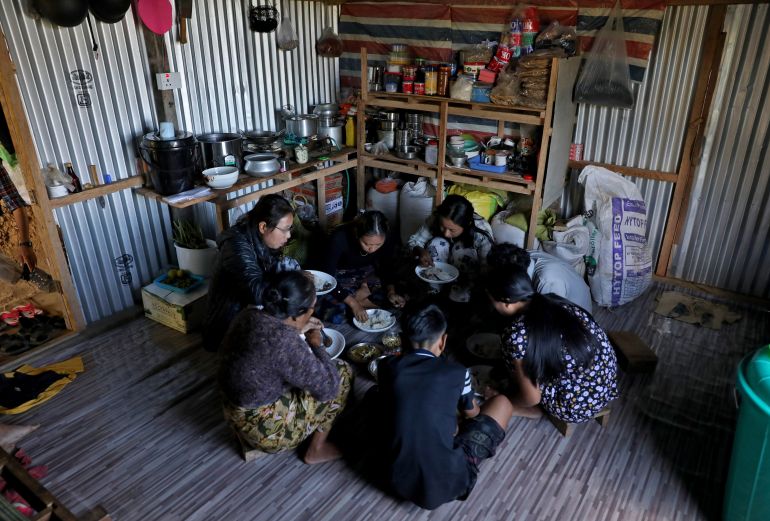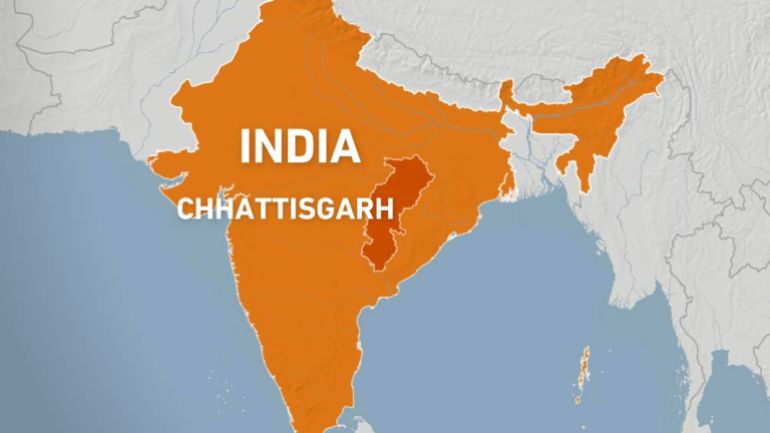Colombia’s ELN rebels face US drug threats amid push for peace talks | Armed Groups News
Catatumbo, Colombia – The Catatumbo region, which stretches along the border with Venezuela in the department of Norte de Santander, is Colombia’s most volatile frontier.
Endowed with oil reserves and coca crops but impoverished and neglected, this border area has historically been a site of violent competition between armed groups fighting for territorial control.
Recommended Stories
list of 4 itemsend of list
The National Liberation Army (ELN), Colombia’s largest remaining guerrilla force, maintains a strong and organised presence, operating across the porous border with Venezuela.
It is there that some of their fighters pick up an Al Jazeera reporting team and drive us to meet their commanders.
Tensions remain high in this region. In January, thousands of people were displaced because of the fighting between the ELN and a dissident faction from the Revolutionary Armed Forces of Colombia (FARC) that continues to operate in some parts of the country in spite of peace agreements brokered in 2016.
The fight is over control of the territory and access to the border with Venezuela, which is a crucial way to move drugs out of the country.
Entering the area, it’s immediately apparent that the ELN is in total control here. There is no evidence of the country’s military. ELN flags decorate the sideroads, and the signs give a clear message of the way the group’s members see Colombia right now.
“Total peace is a failure,” they say.
There is also no mobile phone signal. People tell the Al Jazeera team that telephone companies do not want to pay a tax to the armed groups controlling the territory.
When President Gustavo Petro took office, he promised to implement a total peace plan with Colombia’s armed groups. But the negotiations have not been easy, especially with the ELN.
Government offcials suspended the peace talks because of the fighting in Catatumbo, but now say they are ready to reinitiate talks.
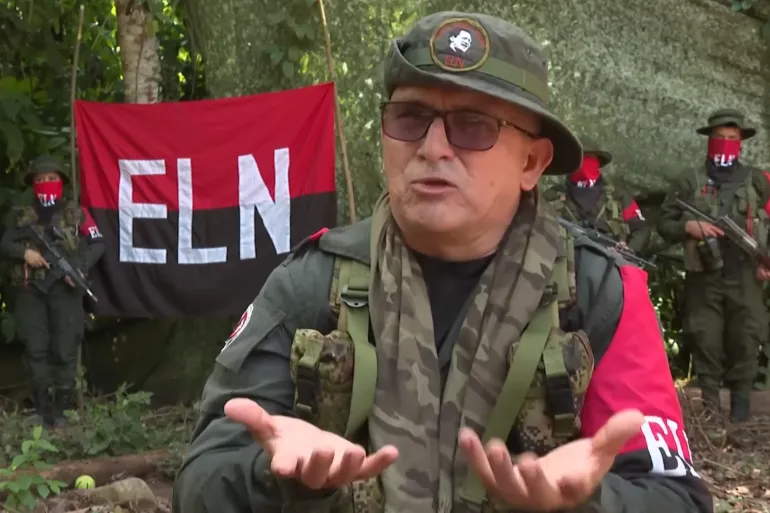
Al Jazeera meets with Commander Ricardo and Commander Silvana in a small house in the middle of the mountains. The interview has to be fast, they say, as they are concerned about a potential attack and reconnaissance drones that have been circulating in the area.
The commanders are accompanied by some of their fighters. Asked how many they have in the area, they respond, “We are thousands, and not everyone is wearing their uniforms. Some are urban guerrillas.”
The government estimates the ELN has around 3,000 fighters. But the figure could be much higher.
Commander Ricardo, who is in charge of the region, says he believes there could be a chance for peace.
“The ELN has been battling for a political solution for 30 years with various difficulties,” he says. “We believed that with Petro, we would advance in the process. But that did not happen. There’s never been peace in Colombia. What we have is the peace of the graves.”
The group and the government had been meeting in Mexico prior to the suspension of the talks. “If the accords we had in Mexico are still there, I believe our central command would agree [it] could open up the way for a political solution to this conflict”, Commander Ricardo tells Al Jazeera.
US drugs threat
But it’s not just the fight with the Colombian state that has armed groups here on alert. The United States military campaign against alleged drug vessels in the Caribbean and Pacific – and the US’s aggressive posture towards the government of neighbouring Venezuela – have brought an international dimension to what was once an internal Colombian conflict.
The administration of US President Donald Trump refers to these people not as guerrillas but “narco-terrorists”, and has not ruled out the possibility of attacking them on Colombian soil.
The US operation, which began in early September, has killed more than 62 people, including nationals from Venezuela and Colombia, and destroyed 14 boats and a semi-submersible.
Some of the commanders have an extradition request from the US, and the government says they are wanted criminals.
The US strikes against boats allegedly carrying drugs in the Caribbean and the military build-up in the region to ramp up pressure on Venezuelan President Nicolas Maduro are seen by the ELN as another act of US imperialism.
The US government claims one of those boats belonged to the ELN. “Why don’t they capture them and show the world what they captured and what they are they trafficking?” Commander Ricardo asks. “But no, they erase them with a bomb.”
He also warns about the possibility of the ELN joining in the fight against the US. “In the hypothesis that Trump attacks Venezuela, we will have to see how we respond, but it’s not just us,” he says. “[It’s] all of Latin America because I am sure there are going to be many, many people who will grab a weapon and fight because it’s too much. The fact that the United States can step over people without respecting their self-determination has to end.”
The ELN was inspired by the Cuban revolution. But over the years, it has been involved in kidnappings, killings, extortion, and drug trafficking.
Commander Silvana, who joined the group when she was a teen, says the ELN is not like other armed groups in the country.
“Our principles indicate that we are not involved in drug trafficking,” she says. “We have told this to the international community. What we have is taxes in the territories we have been controlling for over 60 years. And if there is coca, of course, we tax it, too.”
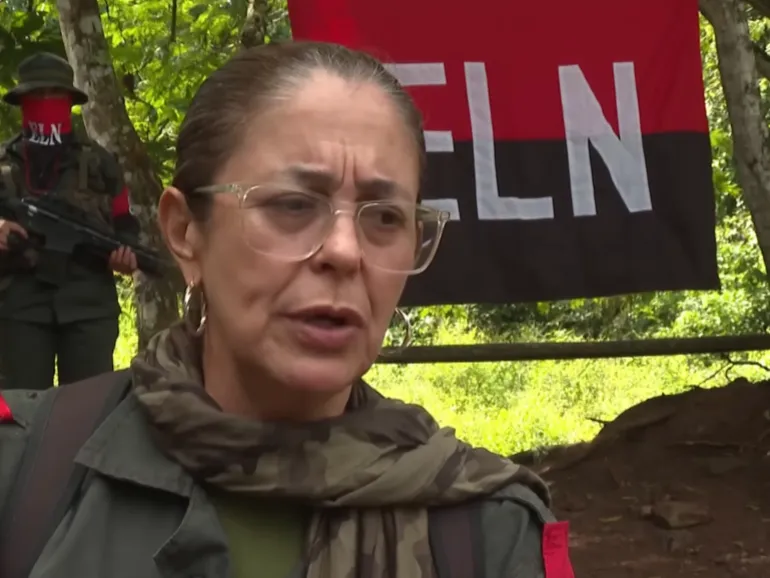
Colombia has been a crucial US ally in the region over the decades in the fight against drug trafficking. But Petro has increasingly questioned the US policy in the Caribbean, arguing that Washington’s approach to security and migration reflects out-of-date Cold War logic rather than the region’s current realities.
He has criticised the US military presence and naval operations near Venezuela, warning that such tactics risk increasing tensions instead of promoting cooperation.
Trump has accused Petro, who is a former guerrilla, of being a drug trafficker himself.
Petro responded angrily, writing on X, “Colombia has never been rude to the United States. To the contrary, it has loved its culture very much. But you are rude and ignorant about Colombia.”
Colombia’s Foreign Ministry also condemned Trump’s remarks as offensive and a direct threat to the country’s sovereignty, and vowed to seek international support in defence of Petro and Colombian autonomy.
The belligerent US approach to Venezuela and Colombia, both led by leftist presidents – and the heightened possibility of a US military intervention – risk turning a local Colombia conflict into a broader regional one.
Everyone on the ground is now assessing how they will respond if the US government gives its military the green light to attack Venezuela.

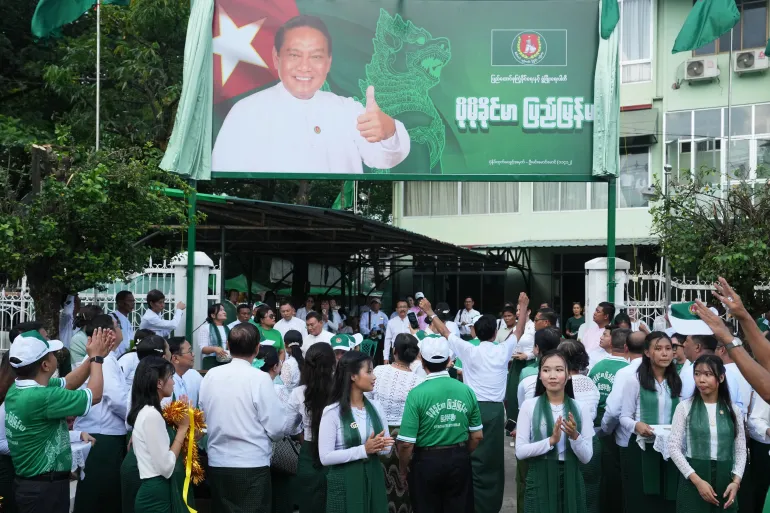

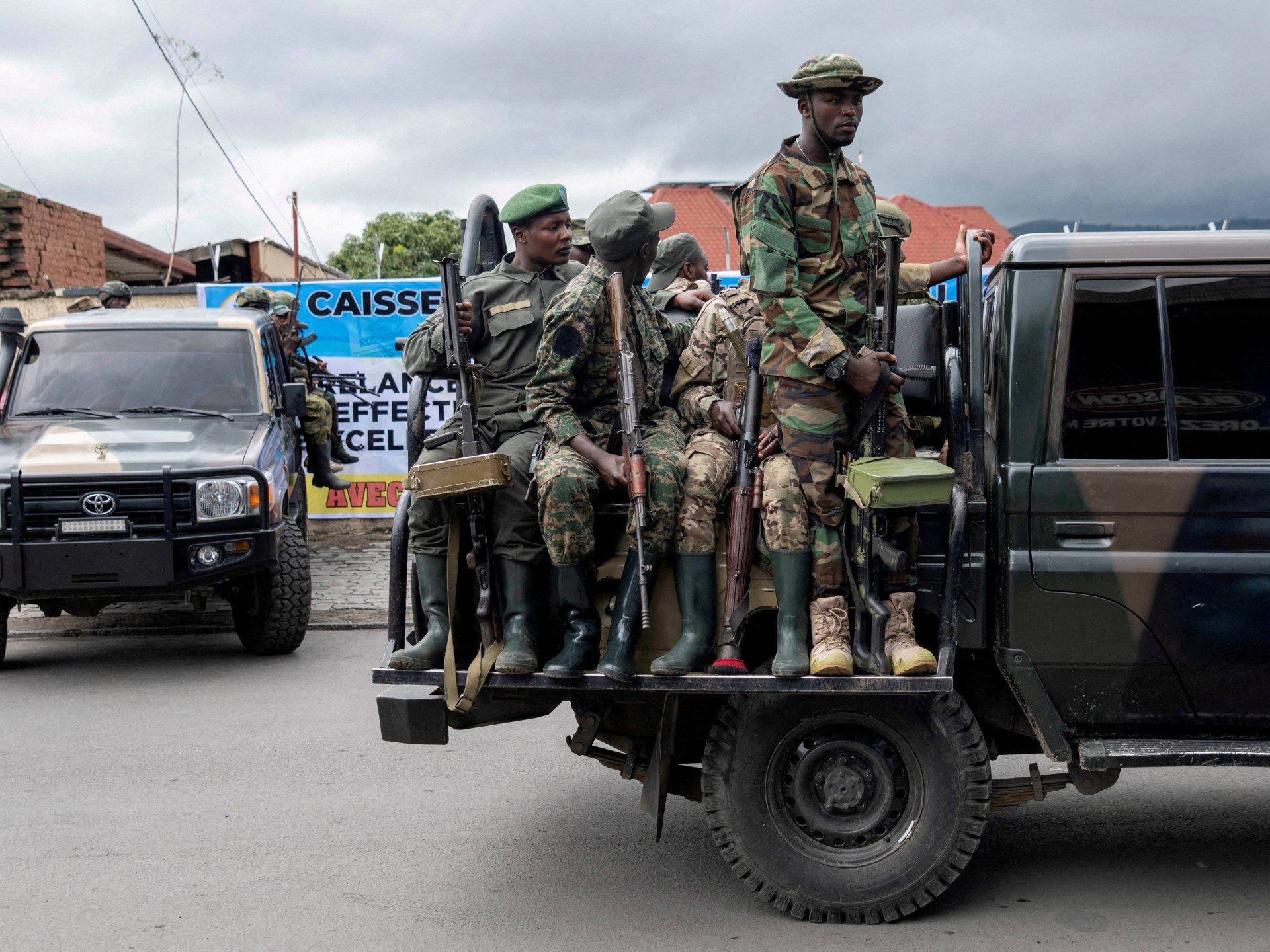
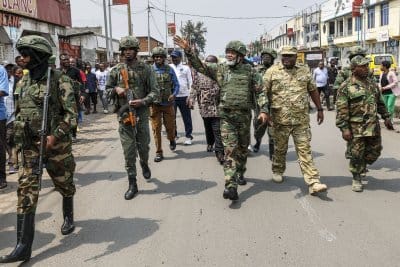

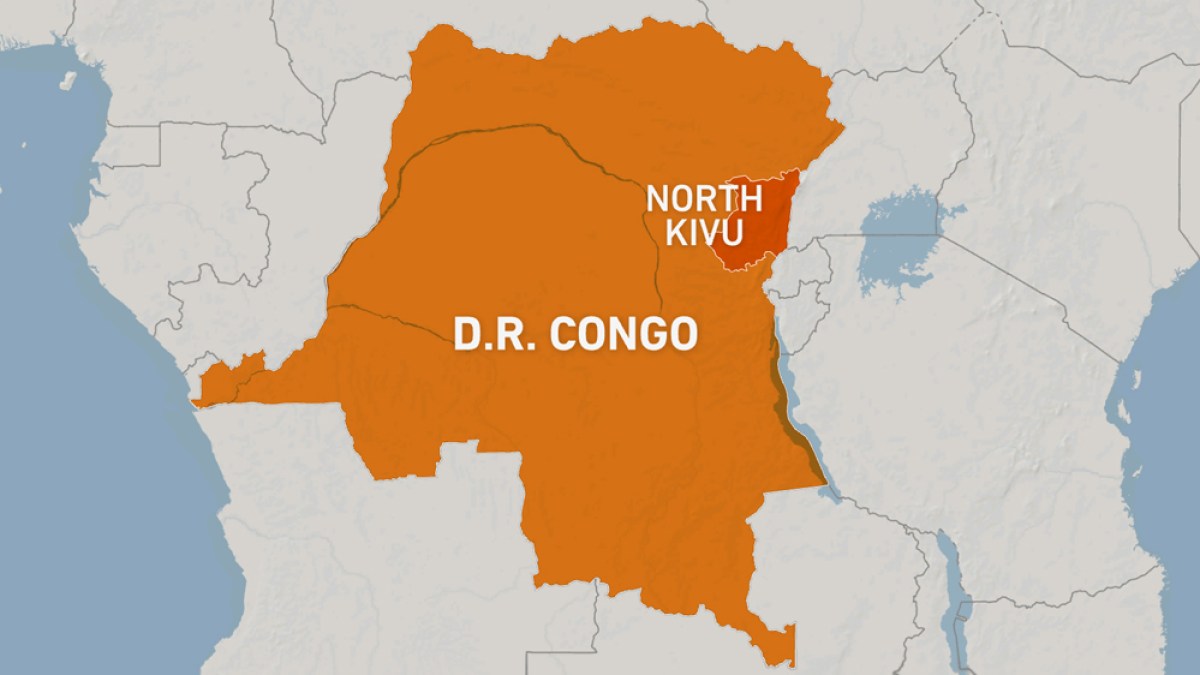
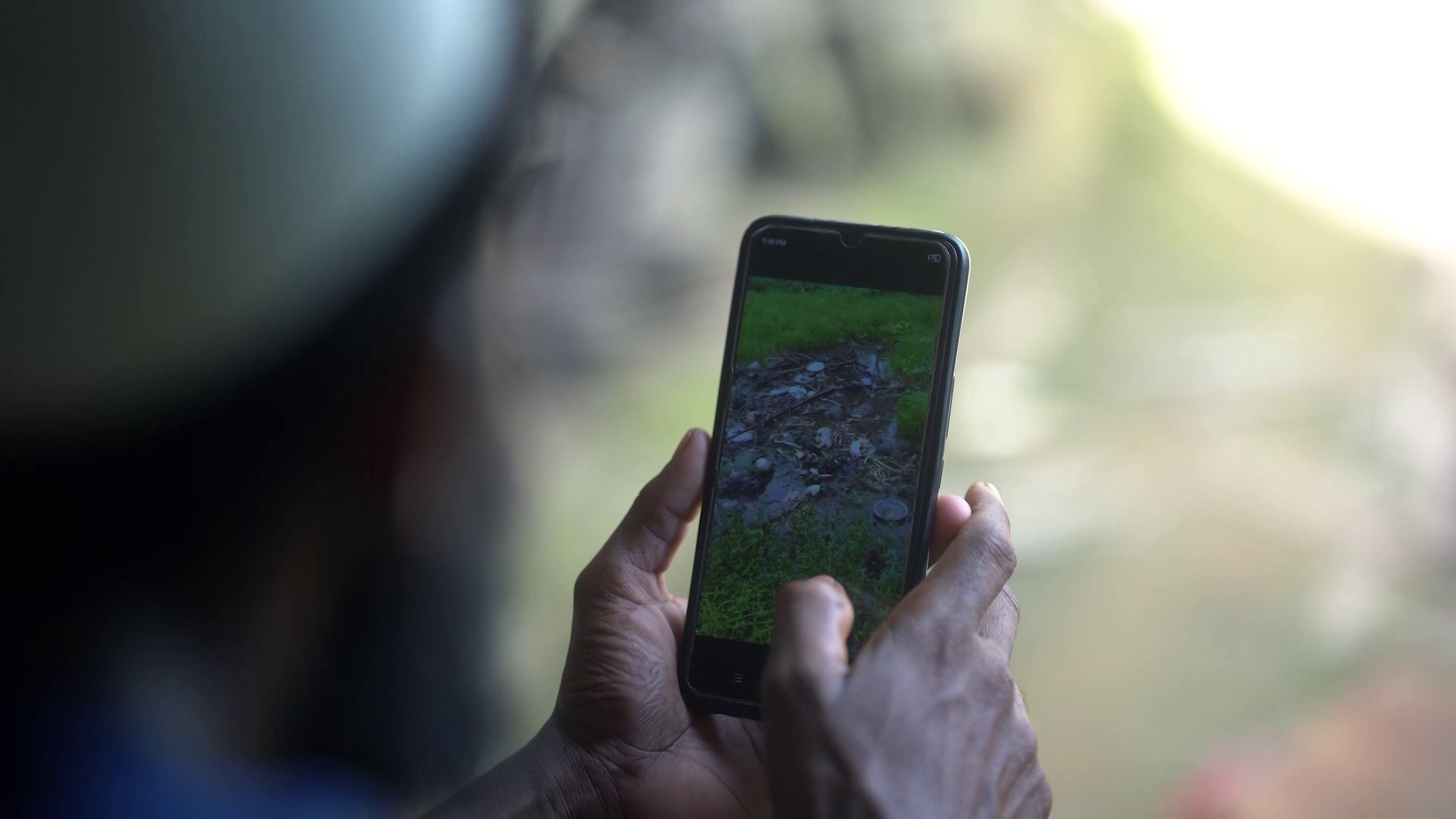
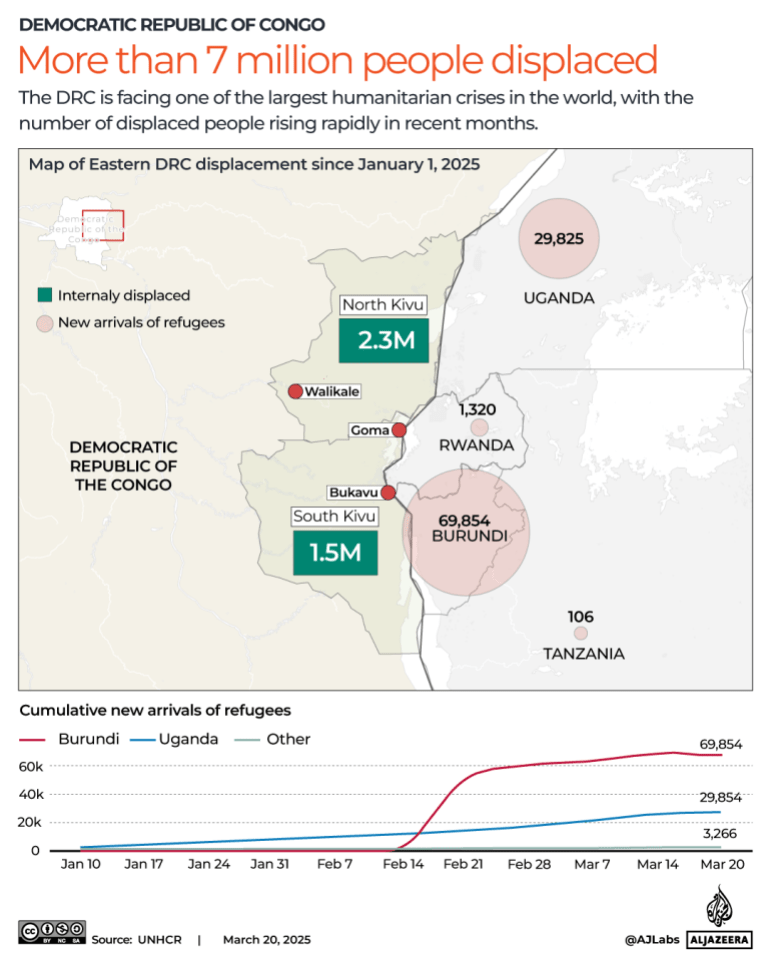

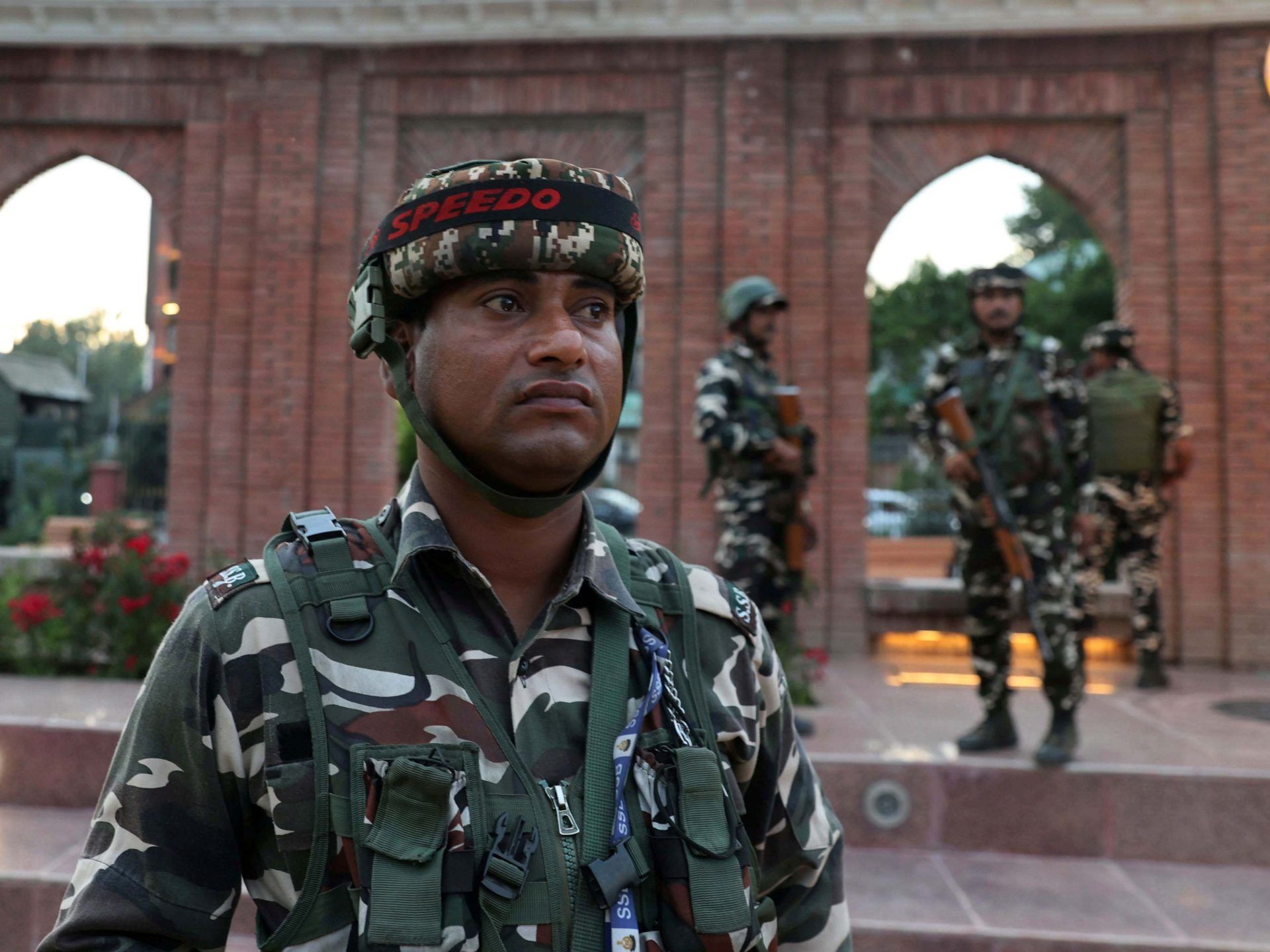

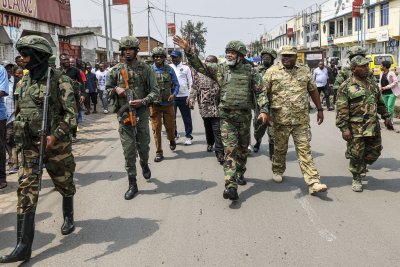

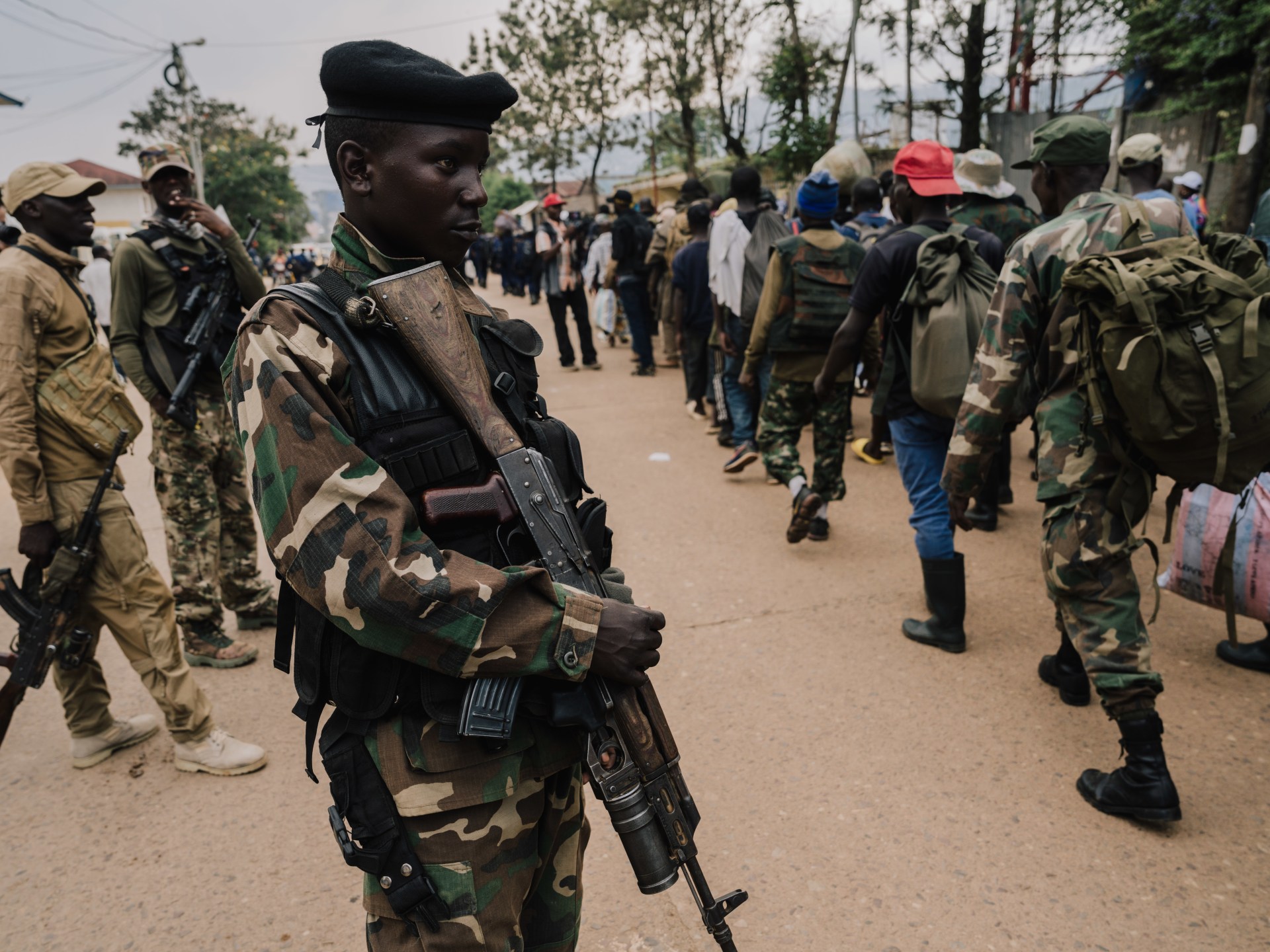





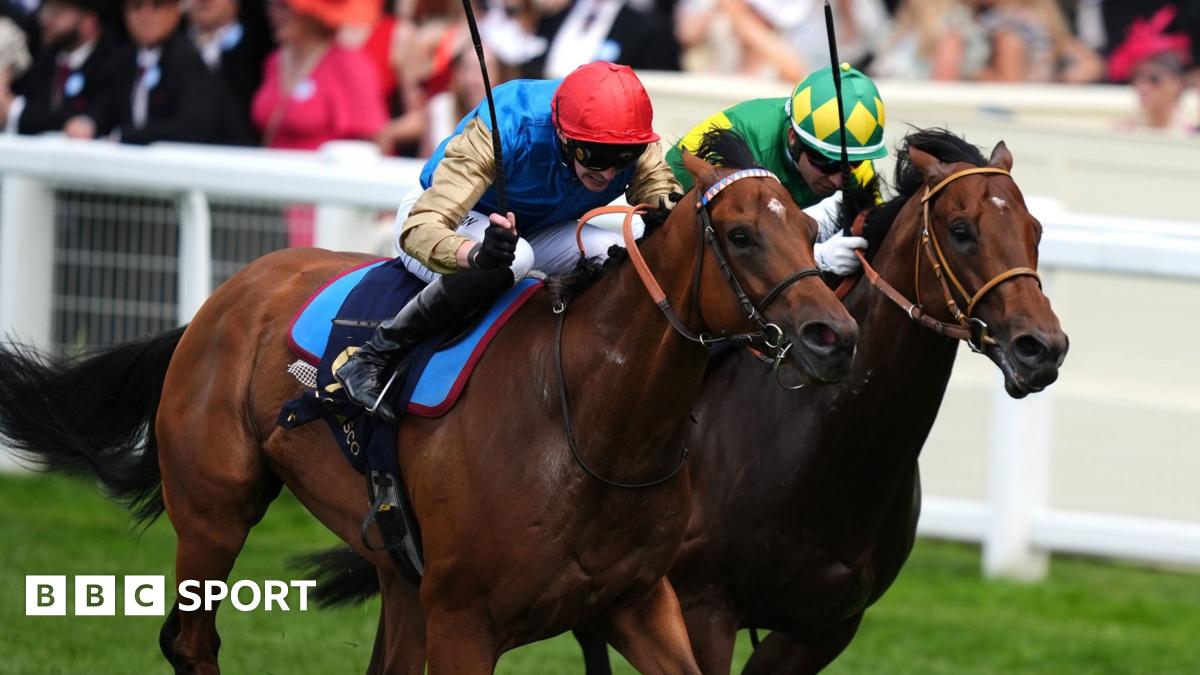
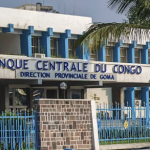

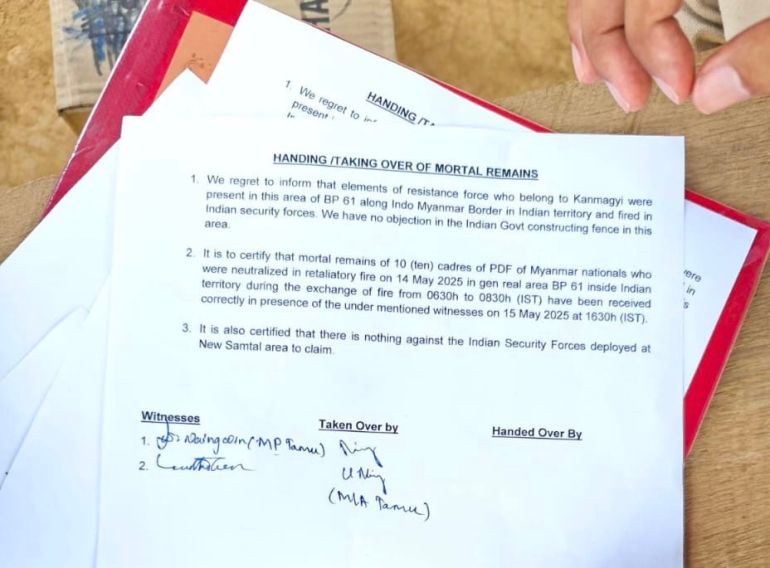
![A document that the officials in Tamu, Myanmar, said that Indian security forces gave to them to sign, in order to be get back the bodies [Photo courtesy the National Unity Government of Myanmar]](https://www.occasionaldigest.com/wp-content/uploads/2025/06/Handing-over-doc-1748844077.jpg)
![A photo of one of the rebel fighters killed by Indian security forces [Courtesy of the National Unity Government of Myanmar]](https://www.occasionaldigest.com/wp-content/uploads/2025/06/PKP-cadre-1748844189.jpg)
